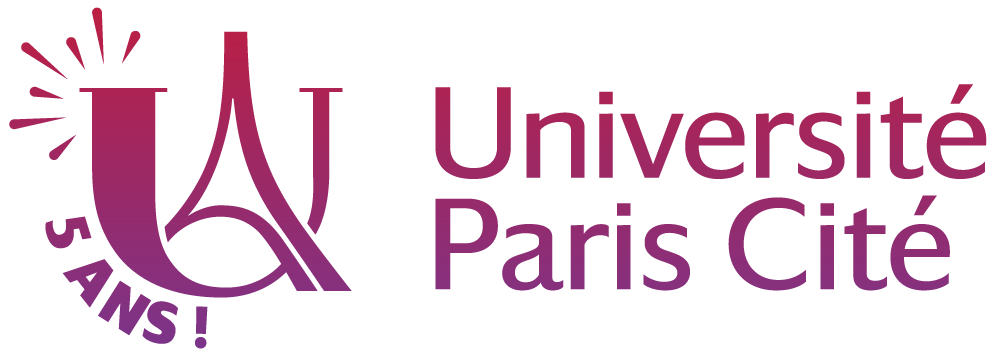Master in biomedical engineering: biomaging (BIM)
Language(s) of instruction: English
Length of study: 1 year for the M1, 1 year for the M2, full time
Partners: Arts et Métiers, Université Paris Sciences et Lettres (PSL)
Course Location: Almost all teachings take place in the center of Paris, mostly at Université Paris Cité, Arts et Métiers, ESPCI Paris and Chimie Paris. Most sites are within walking distance. In some tracks, students may also attend lectures and scientific meetings outside Paris.
Degrees awarded: Master in Biomedical Engineering – Bioimaging (BIM)
Entry Requirements:
M1 (one single track): having obtained or being in the process of validating a Licence or a Bachelor’s degree (science related) or being a physiotherapist or a 4th year student in a physiotherapist school
M2 (five tracks to choose from): Students may enter directly the 2nd year of the program under certain condition listed on the BME Paris website
Application: online application and interview for pre-selected candidates.
Language pre-requisites: Certified C1 level in English
Course overview
The BME PARIS master’s program is designed to provide a 2-year education program in the field of bioengineering, at the crossroad of biomedical and engineering science. It is based on an educational policy that fosters both an interdisciplinary, international perspective as well as the students’ initiative. It combines the top-level and complementary expertise of three partners: engineering science represented by three engineering schools within PSL (Chimie Paris, ESPCI Paris and Mines Paris) and Arts et Métiers on one hand, and biomedical and health science at Université Paris Cité, on the other hand. Teaching faculty comes mostly from the partner institutions. Guest lecturers include hospital clinicians (APHP), and researchers from other schools and universities as well as from private companies (e.g. GE Healthcare, Philips Healthcare, Renault, Sanofi, Thalès, Materialise Medical, etc.).
The 1st year is a common path for all BME students (with individualized choices of courses according to their background). The 2nd year is intended to specialize student’s capacities in dedicated engineering and biomedical tracks. Five specialization tracks are proposed, one of them being the BioImaging track (BIM).
Bioimaging is an exciting and growing field overlapping the interfaces of engineering, mathematics and computer sciences, as well as chemistry, physics, life sciences, and medicine. The main goal of bioimaging is to improve human health by using imaging modalities to advance diagnosis, treatment, and prevention of human diseases.
Skills and competencies developed
Provide students with the knowledge and tools required in a wide range of the biomedical engineering field
– Foster a fruitful collaborative spirit between engineering and medical students, that will eventually bridge the existing “culture gap” between the corresponding professions
– Respect scientific ethics
– Design and develop scientific projects
– Implement a project, define the objectives and context, carry out and evaluate the action
– Conduct and develop scientific and technical projects
– Analyze, diagnose and interpret the results of scientific experiments
– Know how to assess professional risks, implement specific evaluation methods
– Master specific methods and tools
– Use information and communication technologies
– Conduct information research, identify access modes, analyze relevance, explain and transmit
– Scientific communication in English.
– Working as a team: integrating, positioning and collaborating
– Integrate into a professional environment: identify your skills and communicate them
Contact
BIM Chairs
- Florence CLOPPET cloppet@bme-paris.com
- Catherine Oppenheim oppenheim@bme-paris.com
- Elsa Angelini angelini@bme-paris.com
